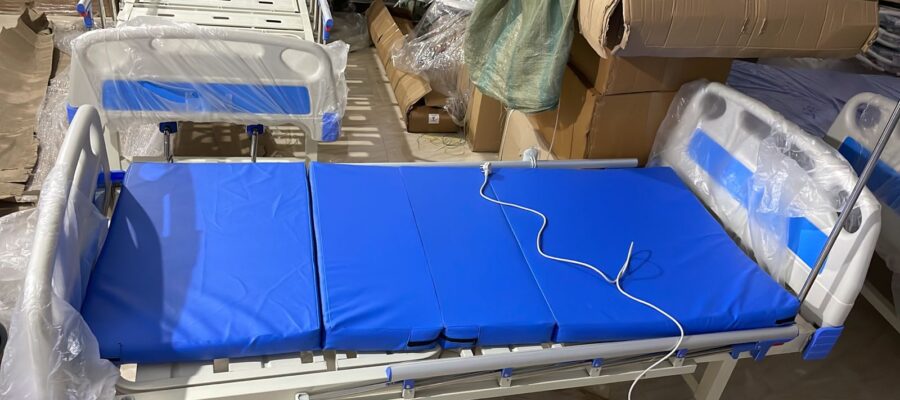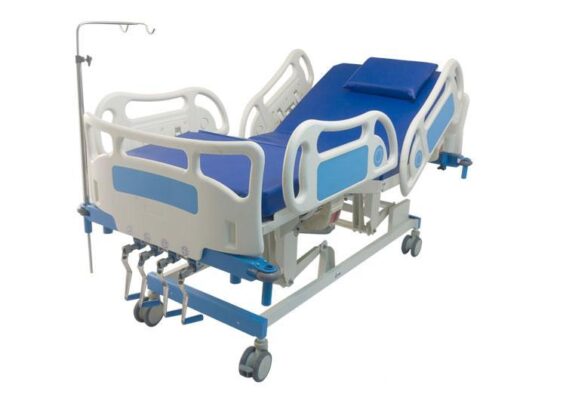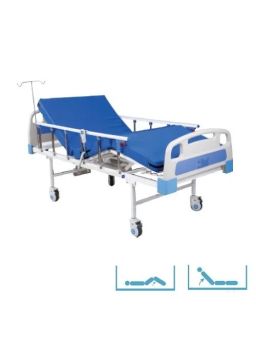It all happened very suddenly. One minute my husband and I were having breakfast on a lovely Sunday morning, the next moment he clutched at his arm, couldn’t breathe and keeled over on to the table. Nowadays, we are all quite well informed about the tell-tale signs of heart attacks and strokes. I knew this was an attack. I knew I had to get help – fast!
Thank you for reading this post, don't forget to subscribe!The next couple of hours, in fact the next few days, flashed by in a blur. The screeching of ambulance sirens, the emergency protocols being applied to him, the hours waiting for the surgeons to appear from the OT, the hushed hours and days in the ICU…were all scrunched up into hours of action and inaction… and then hours of just waiting. Finally, he was on the road to recovery…and he could go home. But, who was going to do the nursing and the feeding and the looking after…at home? Could it even be done – at home?
I was told, it could. The cardiac specialist suggested Emergency Care Solution. Who, I asked, completely clueless. He gave me a business card – and told me to call the number on it. I did. And that changed my life and the rate of recovery for my husband. Or, so the doctors told me… And that is exactly how it happened.
My husband came home – to a room that was a mini-recreation of the ICU at the hospital.
Everything you expect to find in an ICU, all the bleeping machines, the twinkling lights on the monitors, the light humming of the ventilator machine – yes, my husband needed that as well – all the high-tech gizmos made the room an almost unreal facsimile of an ICU. Of course, all this technology was superbly supported by nursing staff who, I was told, were trained in a program that simulated real life scenarios with computerised mannequins that they practised on.
To put it in the right , medical terms, and to quote the cardiac surgeon who recommended IHHC’s home care service, “This Sim Lab has been designed to recreate real-life scenarios with the help of a program that uses a high-fidelity mannequin (the Sim Man), and patient actors to provide learners a risk-free environment to practice and learn various procedures and methods to take care of a range of critical medical care services, in the patients’ homes. Digitized video, bedside computer charting, electronic feedback – all deliver powerful hands-on training to the nursing staff. There are very few such labs available in the country. ECS has the first one in the country.” I took his advice and called the number on the card.
My husband’s recuperation and rehabilitation started. In his own home. The family’s daily routine was not disturbed. The nurses and attendants checked all the vital signs, as and when required by the doctors; ensured that my husband got the level of exercise he needed, when he needed it. Other than keeping track of his daily routine (as recommended by the doctors), his dietary needs were strictly adhered to, and he was given much needed help with his daily, personal chores.
And, so it was that my husband recovered in the care and comfort of his own home, surrounded by his family and friends, while receiving the best clinical care we could have wished for – and wait for it! – at half the cost of a hospital/hospice stay for the same length of time. What more could I have wanted?
Today, my husband is back on his feet. The bedroom is no longer an ICU. And, I am full of gratitude and appreciation for all the support and care ECS extended to us at a very critical time in our lives. Thank you, ECS.



